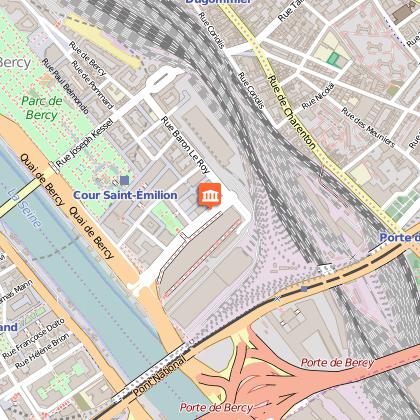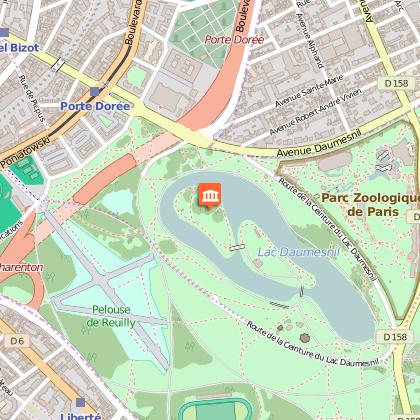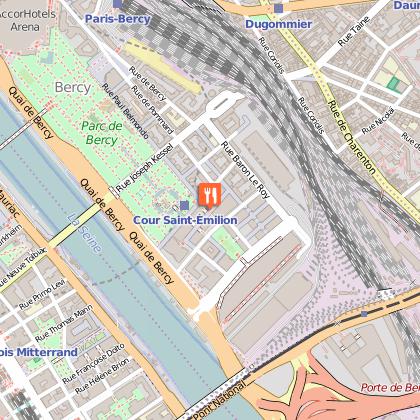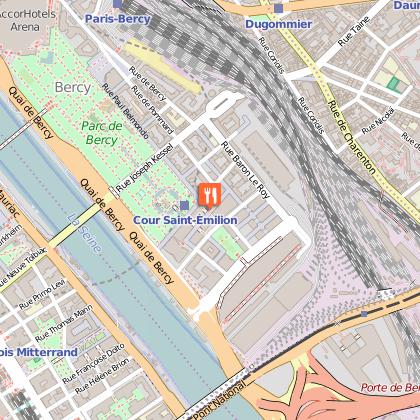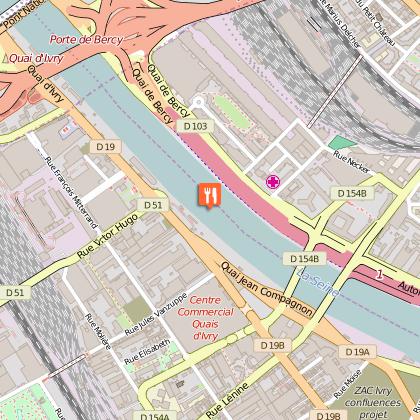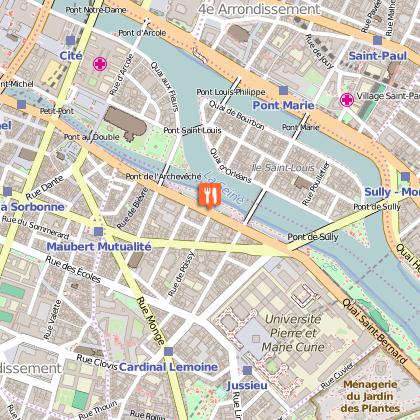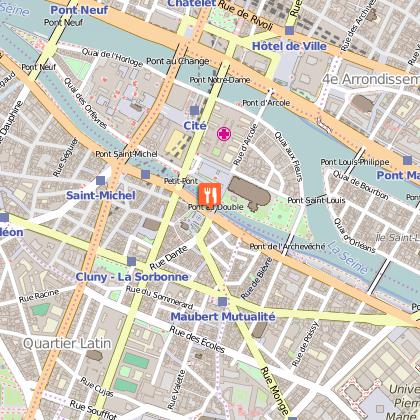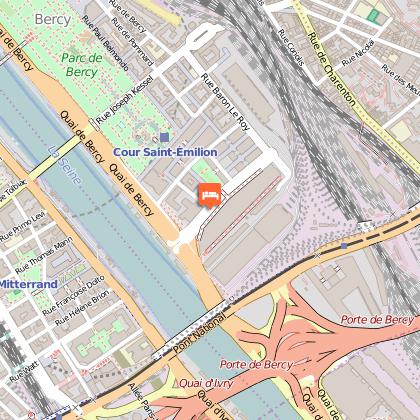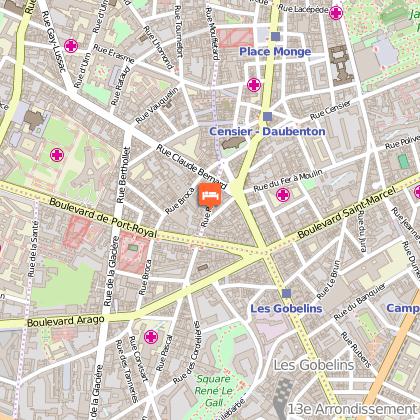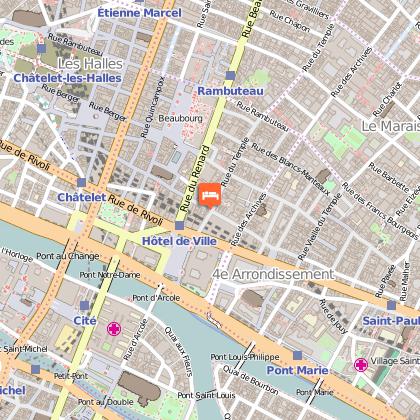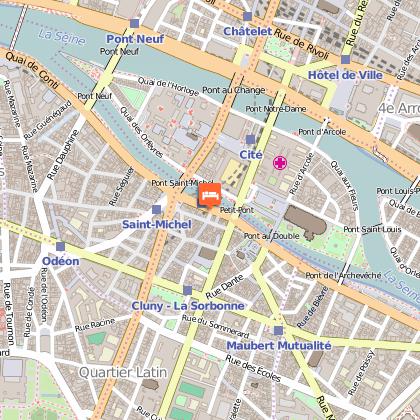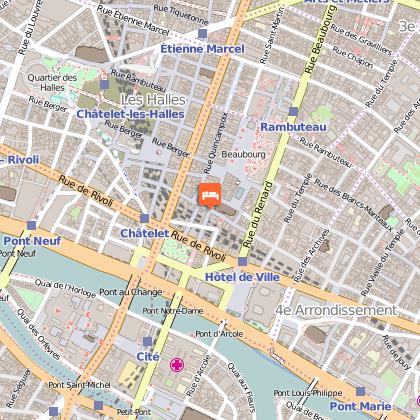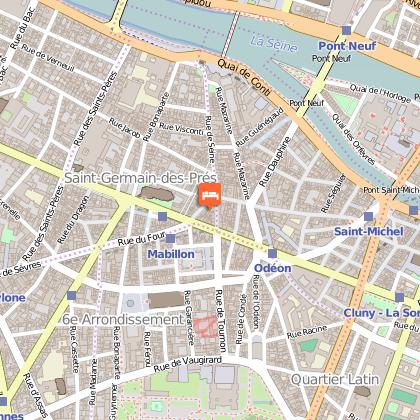Tours
Activities
Places of interest
Where to eat
Where to sleep
Paris-12e-arrondissement, Paris, Ile de France
Are you in charge of the destination?Welcome to the 12th arrondissement of Paris, a dynamic and diverse district located on the right bank of the Seine. This area is a haven of culture and nature, famed for its vast green spaces such as the Bois de Vincennes, one of Paris's largest parks, where you can enjoy numerous outdoor activities. Nearby, the Promenade Plantée, a former railway turned green walkway, offers an exceptional stroll...See more
Walking around Paris-12e-arrondissement
See more suggestionsExplore the natural surroundings of Paris-12e-arrondissement.
See more suggestionsWhat to do in Paris-12e-arrondissement
See more suggestionsRelax and have fun with the available activities in Paris-12e-arrondissement.
See more suggestionsWhat to visit in Paris-12e-arrondissement
See more suggestionsDiscover the local markets of Paris-12e-arrondissement.
See more suggestionsWhere to eat in Paris-12e-arrondissement
See more suggestionsDiscover the culinary diversity of Paris-12e-arrondissement.
See more suggestionsWhere to sleep in Paris-12e-arrondissement
See more suggestionsBook a quality accommodation in Paris-12e-arrondissement.
See more suggestions



















